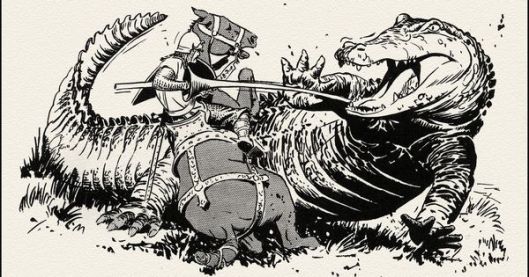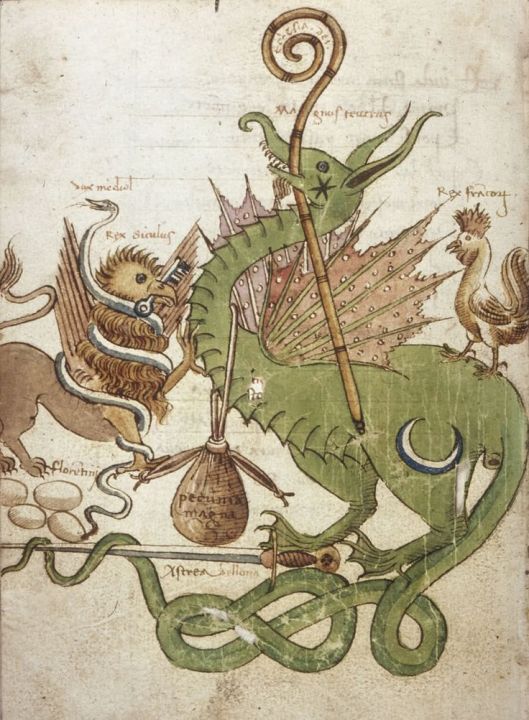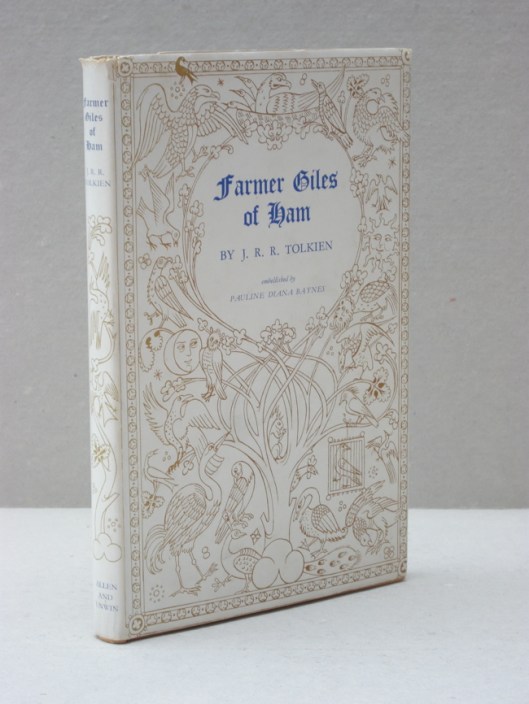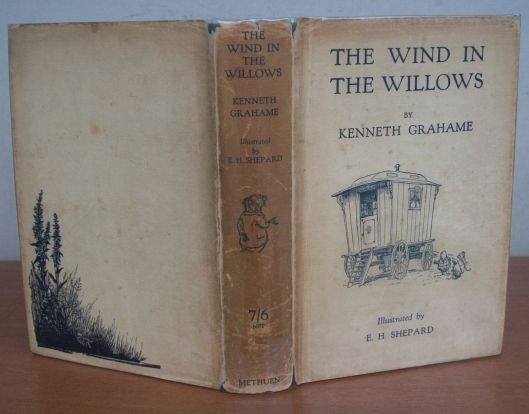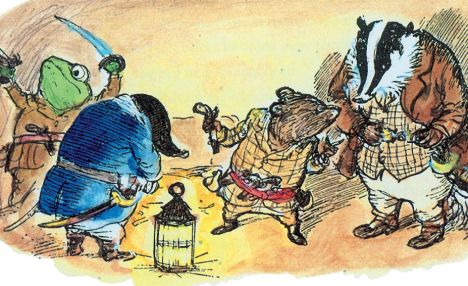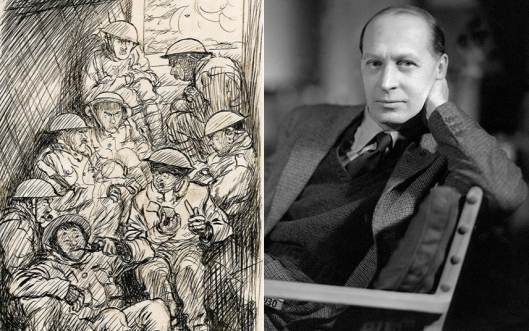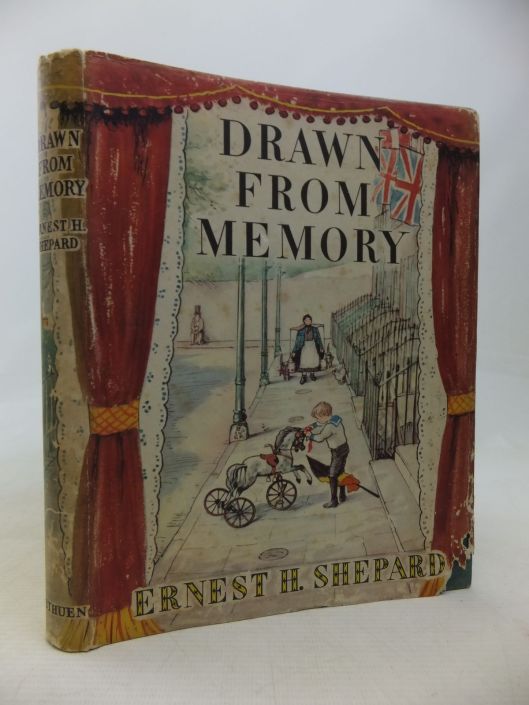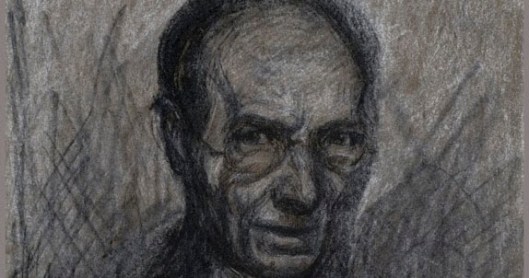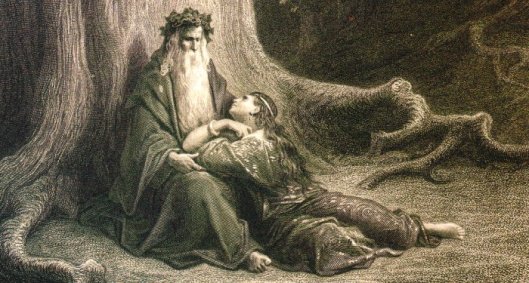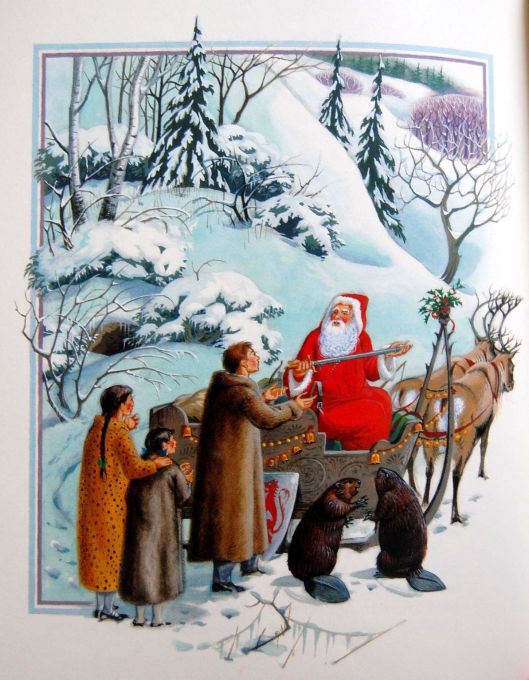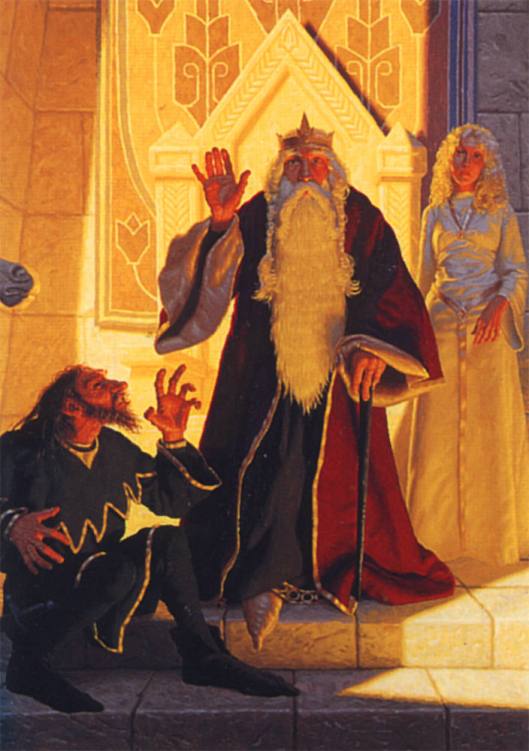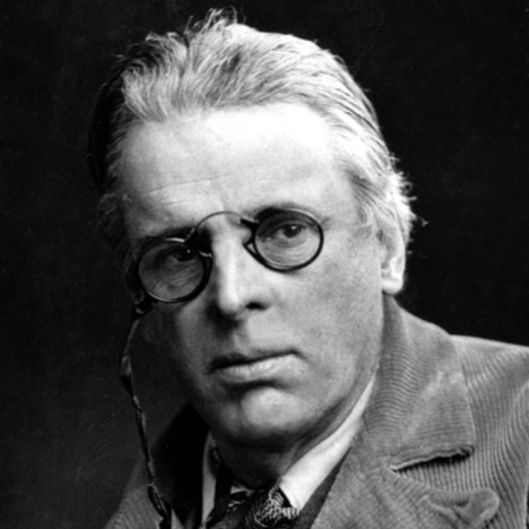Tags
Alaric Hall, Alberich, Antonin Dvorak, Apollonius, Argonautica, Arthur Rackham, Elves, ETA Hoffmann, Friedrich de la Motte Fouque, Hans Christian Andersen, Heinemann, Heracles, Hylas, Jason and the Golden Fleece, John William Waterhouse, Judy Collins, mermaids, naiads, Nemean Lion, Old English Poems, Rhine Maidens, Richard Wagner, Rusalka, selkies, silkies, sirens, swan-maidens, The Great Silkie of Sul Skerry, The Little Mermaid, Tommy Makem, Undine, waeteraelfadl, Water Elf Sickness
Welcome, as ever, dear readers.
Just today, our English friend, Michael, sent us an interesting CD set, “Old English Poems, Prose & Lessons”. We turned the jewel box over and our eye was immediately caught by #12 of the listings on the back, “Charm Against Waterelf Sickness”.
In Old English, “waterelf sickness” is a compound which can be read two ways: “waeteraelf-adl” (“water-elf sickness”) or “waeter-aelfadl” (something like “watery elf-sickness”). Alaric Hall, in his extremely informative dissertation, “The Meaning of Elf, and Elves, in Medieval England” (2005), 116, leans towards the second possibility, but, with our western classical background, we immediately imagined a “water elf” and, from there, we thought of naiads—female water spirits–in fresh water, like streams and pools. (If you would like a comprehensive listing of all the subvarieties of such spirits, here’s a LINK to an article on the subject.)
Probably the most famous story about such creatures appears in Apollonius of Rhodes’ 3rd-c. BC, Argonautica, the story of Jason’s quest for the Golden Fleece.
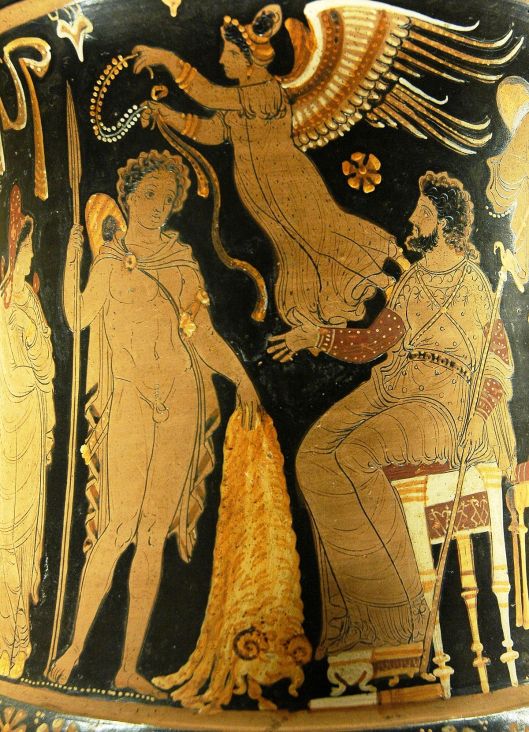
Two of Jason’s crew on the Argo are Heracles (seen here dealing with the Nemean Lion)
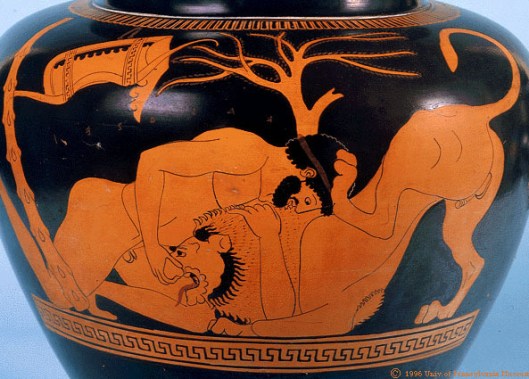
and his companion, Hylas (seen here about to get into trouble).

Ancient travel in the Mediterranean often meant coasting, with frequent stops for water, and, in Apollonius’ story, Hylas had gone ashore and found a pool, but was ambushed by a group of naiads, who pulled him under.
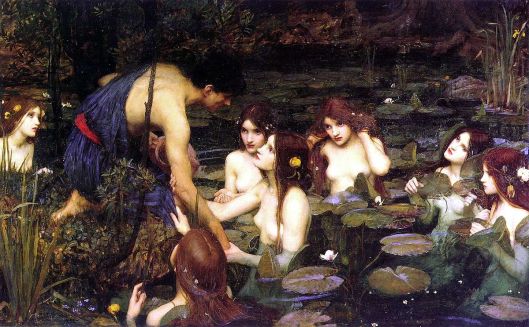
(This is John William Waterhouse’s famous 1896 painting of the scene.)
We meet woman waterfolk in much of western folk tradition—and this is excluding those on salt water, including mermaids,
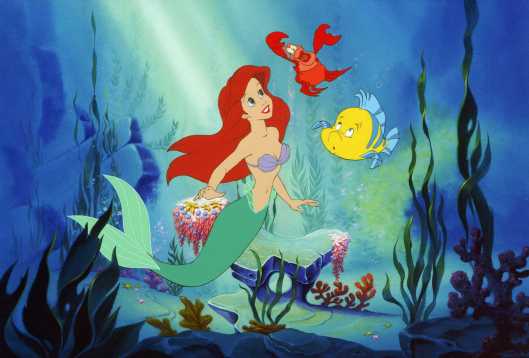
selkies/silkies (who are shape-changers, between seals and humans),

and even sirens.
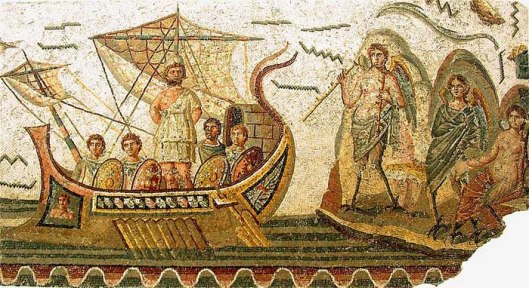
For fresh water, we had those naiads, but also swan-maidens, often enchanted into water bird forms.

(Here’s a LINK to a whole little collection of stories about such creatures.)
As well, we have the Rhine Maidens,
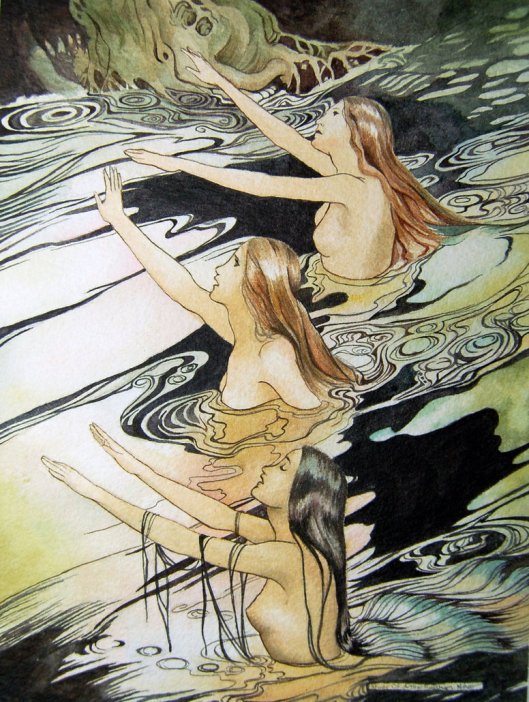
who, in Wagner’s “Ring” cycle, guard the Rhine gold, deep under the river, but who lose it to the craftsman dwarf, Alberich, with whom they flirted—with evil consequences.

We mentioned mermaids as salt water creatures and, in Hans Christian Andersen’s (1805-1875)

“The Little Mermaid” (1837), we have the story of the mermaid who falls in love with a handsome prince and trades her voice for human form.
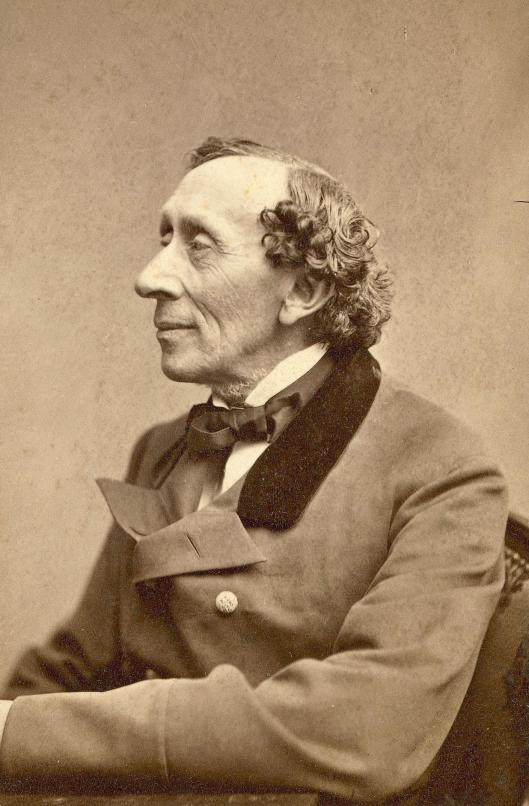
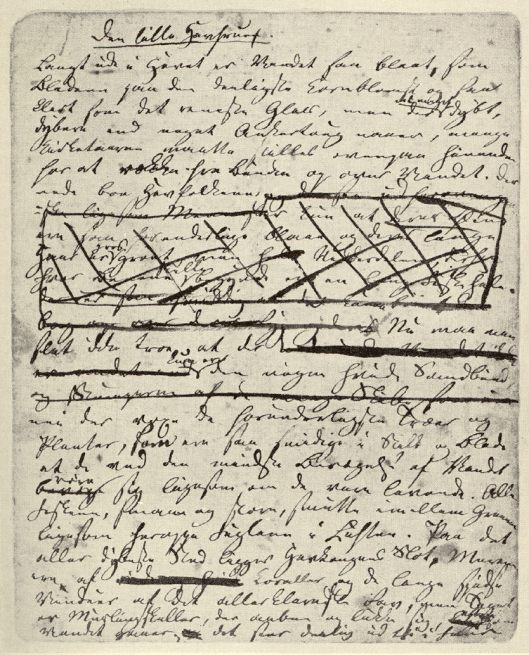
(This is the first page of Andersen’s original manuscript.)
There had been an earlier Romantic version of the water spirit and the human (in this case, a knight) in Friedrich de la Motte Fouque’s (1777-1843) novella, Undine (1811).

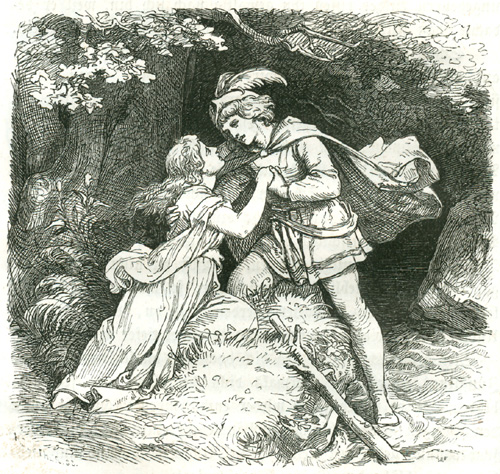
This, in turn, became an early Romantic opera, Undine (1816), the text by the author, the music by another famous Romantic author, E.T.A. Hoffmann (1776-1822).
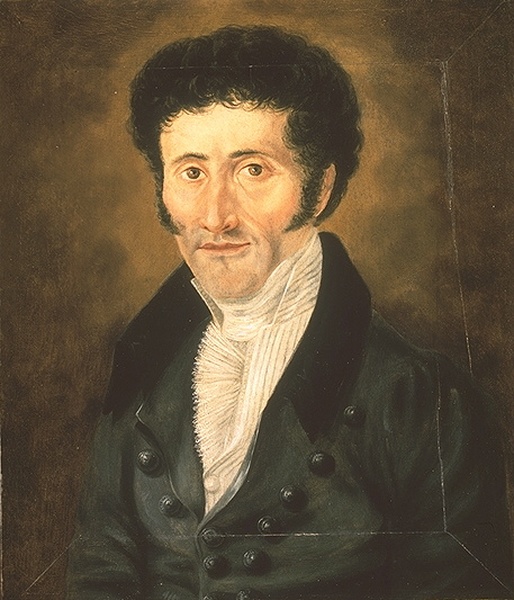

The theme which runs through all of these meetings of water spirit and human is the uneasy relationship which seems the only possibility for them, virtually always leading to unhappiness, and this is true of our last water spirit, Rusalka, the subject of an opera, Rusalka, (1901) by the Czech composer, Antonin Dvorak (1841-1904)
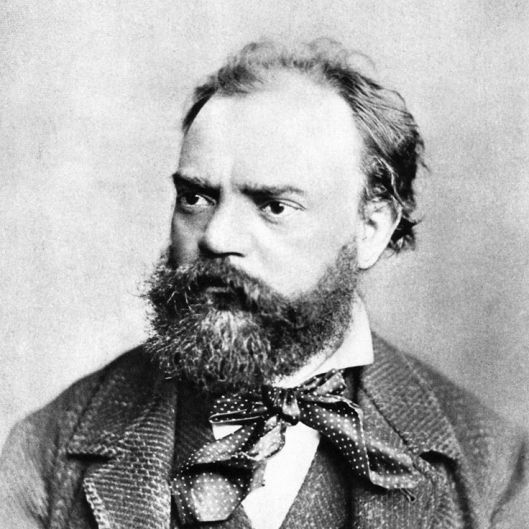
Like Andersen’s Little Mermaid, the water spirit (“rusalka” can mean “water spirit” in Czech) falls in love with a prince, trading her immortality for human love.

(This is an image of the original Rusalka, Ruzena Maturova.)
If we said “leading to unhappiness” is the usual conclusion to such romances, Rusalka is even worse. When she is betrayed by the prince, Rusalka becomes a water demon, luring people to their deaths in her pool—a far cry from the happy ending of the Disney movie!

So, what about our charm against waeteraelfadl? Here’s a translation:
“If a man is in the water elf disease [waeter aelfadle], then the nails of his hand are dark and the eyes teary, and he will look down. Give him this as medicine [laecedome]: everthroat, hassock, the lower part of fane, yewberry, lupin, helenium, marshmallow head, fen mint, dill, lily, attorlathe, pulegium, marrubium, dock, elder, fel terre, wormwood, strawberry leaves, consolde. Soak with ale; add holy water to it. Sing this gealdor over it thrice:
I have bound on the wounds the best of war bandages, so the wounds neither burn nor burst, nor go further, nor spread, nor jump, nor the wounds increase [waco sian?], nor sores deepen. But may he himself keep in a healthy way [halewaege?]. May it not ache you more than it aches earth in ear [eare?].
Sing this many times, “May earth bear on you with all her might and main.” These galdor a man may sing over a wound.”
(translation from Karen Louise Jolly, Popular Religion in Late Saxon England: Elf Charms in Context (Chapel Hill: University of North Carolina Press, 1996)
Unfortunately, this looks more like a cure for a skin disease than for an ill-fated affair between water spirit and human!
Thanks, as always, for reading and, also as always,
MTCIDC
CD
ps
You can find Alaric Hall’s dissertation (now a book) at: http://www.alarichall.org.uk/phd.php.
pps
Child Ballad 113, “The Great Silkie of Sul Skerry” is about the male version of such a creature. For a haunting performance of this, with a modern tune, sung by Judy Collins (with Tommy Makem on pennywhistle), here’s a LINK.
ppps
The most famous aria from Dvorak’s opera is a song sung to the moon by Rusalka, “Měsíčku na nebi hlubokém“, and we find it one of the most beautiful arias we know. Here’s a LINK so that you can hear it, too.
pppps (we think that this is a record, even for us)
In 1909, the publisher Heinemann released a translation of de la Motte Fouque’s Undine with illustrations by Arthur Rackham. Here’s a LINK so that you can download it and add it to your library.



